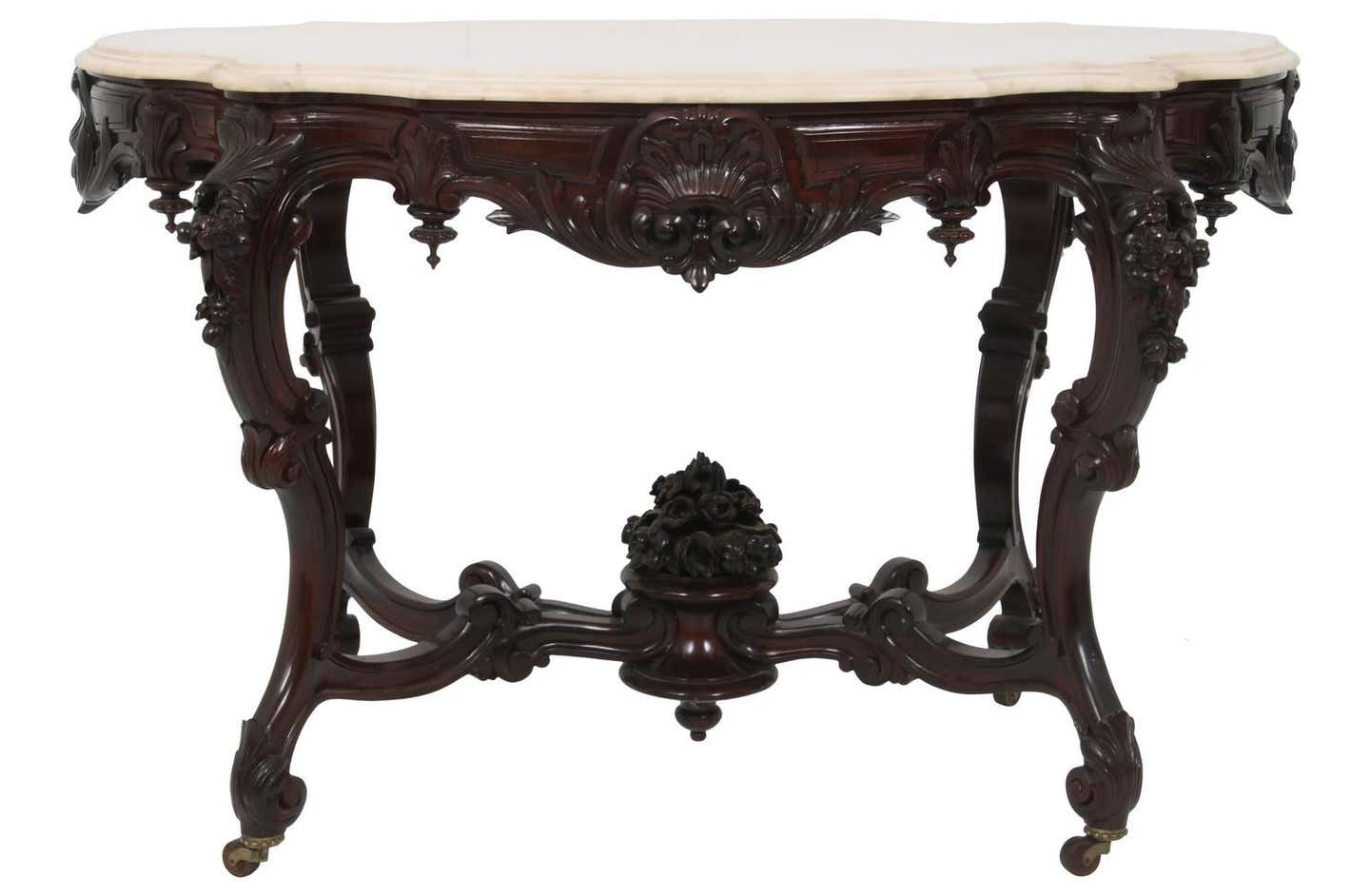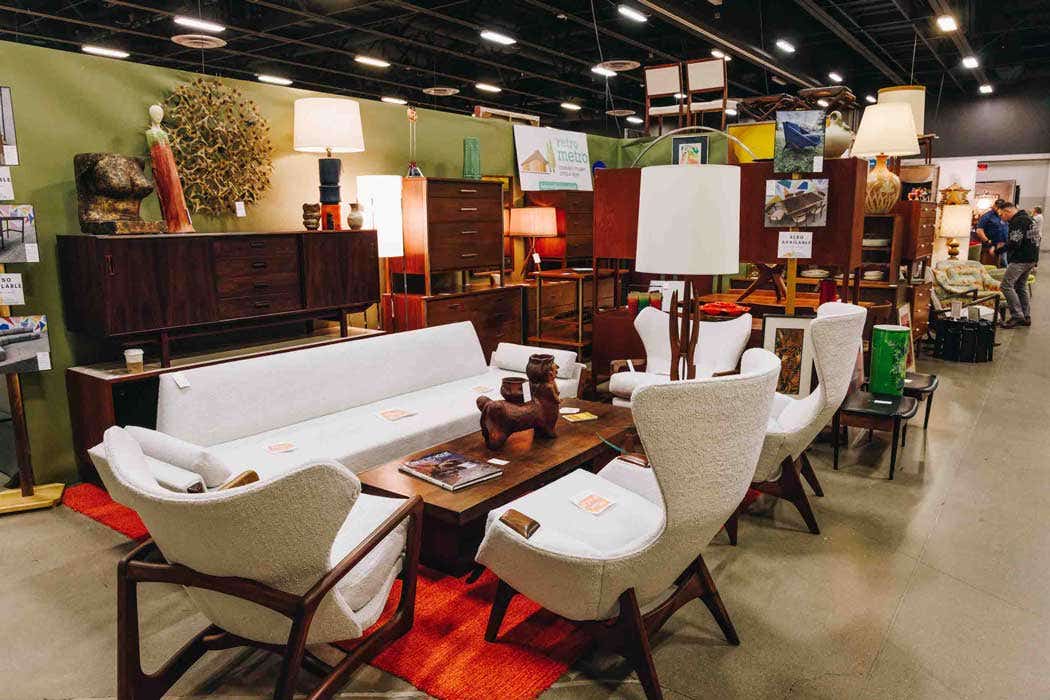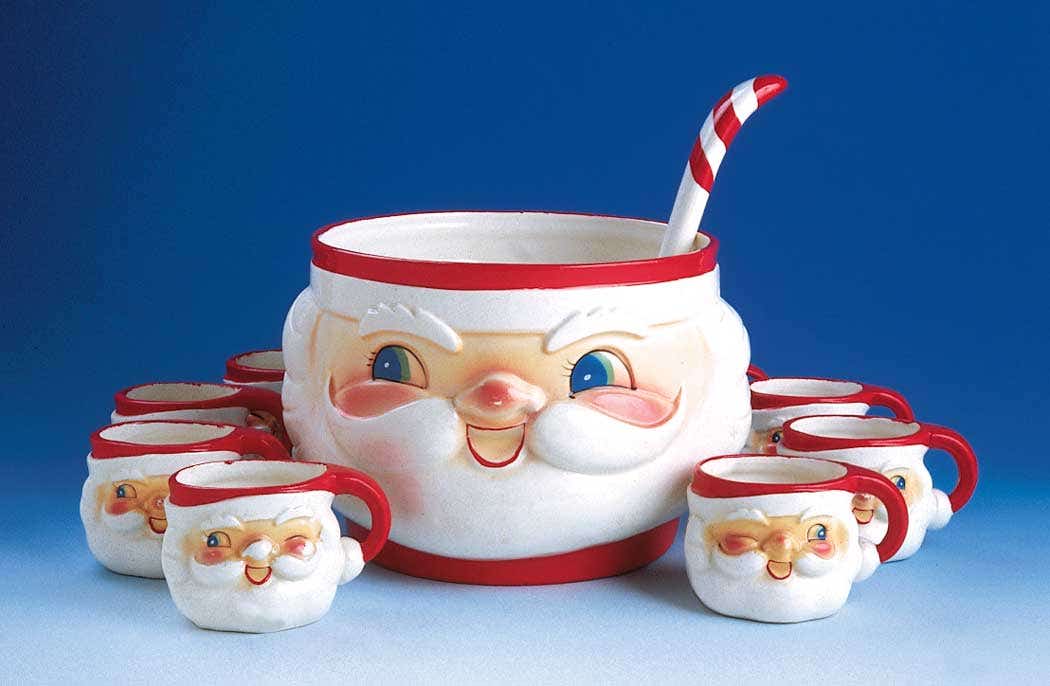Well-labeled Colonial Revival table serving as fine example of picking prowess
In his latest column, Furniture Detective Fred Taylor praises a reader for making a savvy purchase, by spending $25 for a Colonial Revival table in a combination of the drum table valued at retail price of $200 to $300.
QI found this occasional table at a garage sale for $25. I’ve seen similar ones selling for $200 at antique stores. It has two drawers that pull out with lion pulls, and two other false lion pulls on the side. The feet have brass “toes”, and you can see the base is beautifully detailed. Some damage on the top, but I don’t think I’ll refinish.
Inside one drawer is a label that says “Fine Arts Furniture Co., Grand Rapids,” but I can’t find any information on that manufacturer.
Any comments on the possible value? Date of manufacture?
— Name withheld
A Your table is a Colonial Revival table in a combination of the drum table, introduced
around 1800 by Thomas Sheraton, and the traditional Colonial round lamp table. The vertical stripes in the mahogany veneer on the skirt and drawer fronts are a nice touch. The pedestal and Duncan Phyfe style legs are probably made of gum. The legs and urn pedestal are faithful Federal period stylistic elements, but the lion’s head pulls are very much from the slightly later American Empire period.
This table was probably was made in the 1930s or 1940s. You did extremely well paying only $25 for this little gem. Even with some slight damage in the top, a well identified piece such as yours from a Grand Rapids company could command a retail price of between $200 and $300. Fine Arts Furniture Company was founded in Grand Rapids, Michigan, in 1925 and was in business until 1977.
Q When my husband brought in the mail one day it was raining and some of the mail got slightly damp. He spread it out on the foyer table and left it to dry. One of the pieces of mail was a magazine in a plastic wrapper with printing on it. The next day when I moved the magazine, I discovered the printing was now on my table. The table is a light oak color, and the red and black print definitely does not look good on it. I tried rubbing it with steel wool and paste wax, and then I tried a “finish restorer,” but neither made any difference.
Is there a cure for this?
— D.M., via email
A You are the victim of solvent migration. This transfer effect also happens when a plastic table cloth is left on a lacquer finished table for a long time or when a vinyl notebook is left unattended on a desk top. Sometimes it even results from the “rubber” pads on the bottom of answering machines, calculators and compact stereo speakers.
The solvents in most vinyls and soft plastics are very similar to the solvents used in commercial furniture finishes, especially older ones. The newer water-based finishes are not quite so susceptible. These solvents have a tendency to migrate when in contact with a similar surface such as the finish on your foyer table. and sometimes when they migrate they take some color with them, as you found out.
Unfortunately, the color is now a part of the finish on your table. The only question is: How far did the color penetrate? If it didn’t penetrate too far, a good furniture technician may be able to “re-amalgamate” the finish and remove just enough to get rid of the printing.
If that doesn’t work, the piece will have to stripped entirely to remove it. Just hope the stain didn’t penetrate into the wood itself. In that case, you would have to bleach the table top to even out the color.
Q I grew up with this desk chair. Me and my brother and sister sat on it to do our homework. I still have it. It is very hard wood and very uncomfortable. I still use it though. Can you tell me how old it is and if it has any value? The tag on the bottom reads “The B. L. Marble Chair Co., Bedford, Ohio USA, Golden Oak - No 2 Color, Leather - 659, Series - 4405.” Thank you.
— T.T., via email
AThe B. L. Marble Chair Company was founded in 1894 in Bedford, Ohio, about 12 miles southeast of Cleveland. Apparently, the company manufactured commercial chairs in the early-to-mid 20th century. All the references I have found refer to chairs from the company going to libraries, social organizations and government entities. Your chair is a secretary or stenographer’s chair and almost certainly had a loose cushion for the seat, but as you have found out, comfort in the office still had a long way to go.
Most chairs of this sort had a rubber bumper around the hardwood seat edge, and yours has a channel that may have held that bumper. Even though the color says “Golden Oak,” I do not believe the chair is made of oak. It looks more like maple or birch with a stain over it. One of the photos showing the underside of the chair shows a dark stain drip along the back edge and on the bottom of the hip rest.
One more interesting thing about your chair: The mechanism underneath that supports the seat on top of the central stem appears to be made of wood and stained dark. I have never seen this and I have to believe it is a home repair job.
The chair appears to be from the 1940s and probably has little retail value (under $100) but probably lots of sentimental value to you and your siblings.
With more than 30 in the antique furniture business, Fred Taylor is a household name when it comes to the practical methods of identifying older and antique furniture: construction techniques; construction materials; and style.






